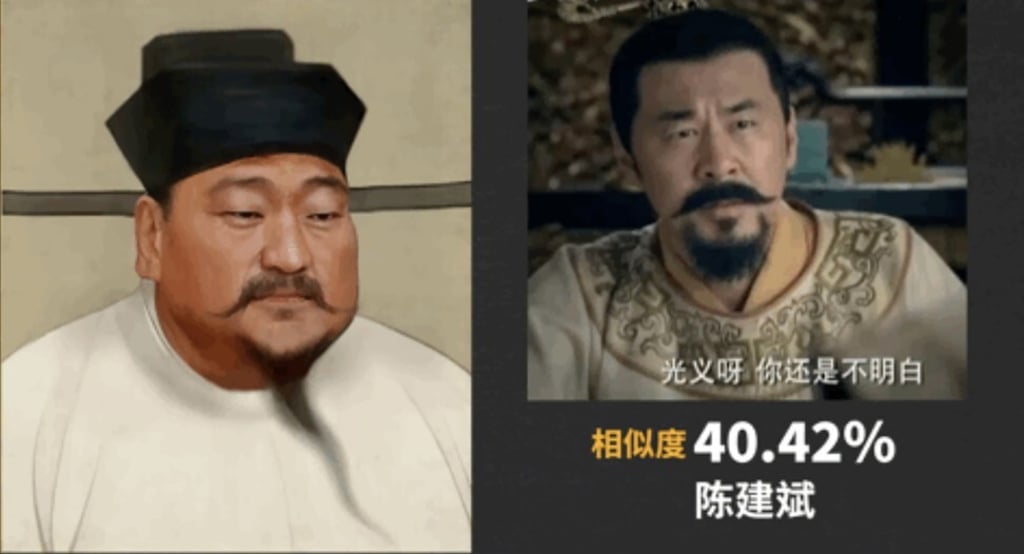Video game developer uses AI to recreate faces of ancient Chinese emperors
- Independent developer Hu Wengu has recreated the animated faces of Chinese emperors from the Song, Ming and Qing dynasties
- Some Chinese internet users suggest that Hu tackle a new project – recreate the faces of legendary beauties from ancient China

Hu Wengu, an independent Chinese video game developer and programmer, has used AI tools to recreate the animated faces of Chinese emperors from the Song, Ming and Qing dynasties – a period that dates more than 1,000 years – based on the historical portraits of these monarchs.
In a video shared on Sunday, Hu showed the recreated faces with moving expressions of four emperors from the Song dynasty, which reigned from 960 to 1279. This dynasty’s founder, Emperor Taizu of Song, is known for reunifying most of China by ending the tumultuous Five Dynasties and Ten Kingdoms period.

To add another layer of realism, Hu also used SeetaFace, an open-source facial recognition tool developed by the Chinese Academy of Sciences, to calculate similarities between the AI-restored faces with those of the actors who portrayed them in Chinese period drama shows and films.